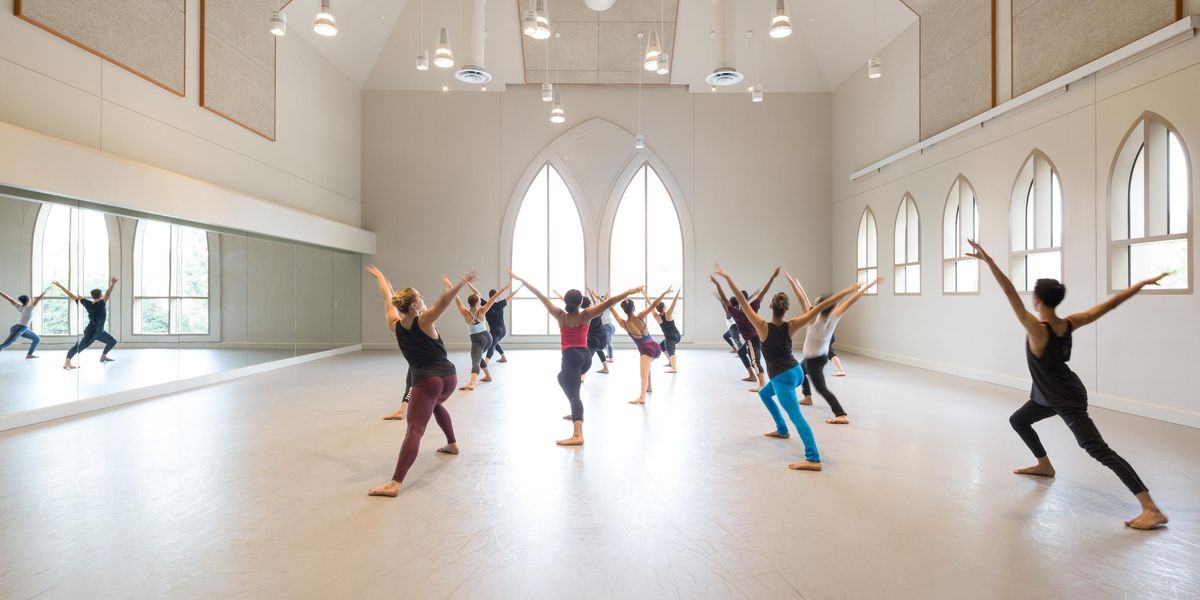The Real People of "Hamilton"
Lin-Manuel Miranda as Alexander Hamilton, all photos by Joan Marcus, courtesy Hamilton
Hamilton,
the smash hit musical that just moved from the Public Theater to Broadway, is revolutionary for obvious reasons as well as less obvious ones. It portrays our founding fathers in an array of skin colors and translates their most fervent revolutionary ideas into rap. It reveals a powerful connection between the defiance of the American Revolution and the defiance of hip hop—not to mention the consistency of the immigrant experience over centuries. But has anyone mentioned the wigs—I mean, the absence of wigs?
With the exception of King George, almost everyone in the cast wears their own hair. This may not sound like a big deal, but most Broadway shows sport several wigs for each character, sometimes hundreds per show. It helps the performers get into the time period and the characters. But in Hamilton, the look is so natural that you feel you are getting to know each character.
Phillipa Soo, Renée Elise Goldsberry, and Jasmine Cephas Jones as the Schuyler sisters
Paul Tazewell’s costumes the cast in elaborate dresses and military outfits true to the late 1700s. But the faces and heads atop those getups are contemporary. At last Wednesday’s matinee, Thomas Jefferson had a kind of Afro shag, George Washington had a shining bald pate, and one ensemble woman sported a platinum pompadour. Lin-Manuel Miranda, the genius behind the Hamilton phenomenon, wears his hair long, which looks right for the part but we also know its right for now.
This natural look honors individuality. It lets you identify with the diversity of the people who make up America. They could be us! At the same time, it helps transport us to the time and place of the thirteen colonies.
Miranda in center
The entire show buzzes with dancing. Andy Blankenbuehler’s choreography conjures a hip-hop base to match the rapping score, but embellishes with a little tap, a hint of cheerleaders lifts, and even a classical arabesque here and there. There is dancing in almost every number, making the founding fathers look like quite a jumpy bunch.
The shocking realness of the presentation reminds me of a bold step taken a few decades ago that was also very American. In the early 70s, when Arthur Mitchell had just started Dance Theatre of Harlem, he jettisoned the standard pink tights in favor of a range of hues that matched the skin tones of the women in the company. The pointe shoes were also colored to match. In a way, DTH created its own revolution!




